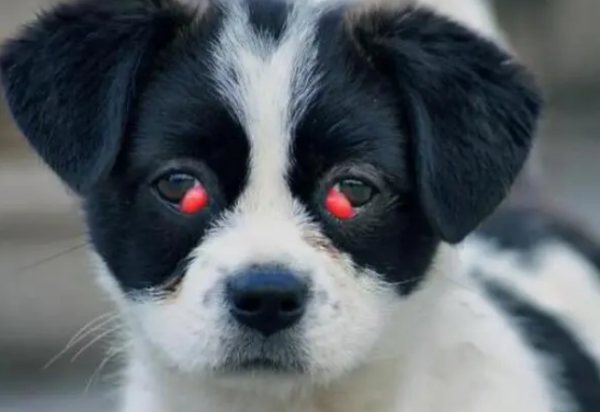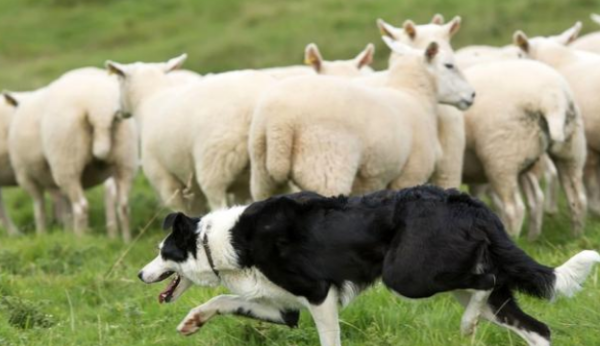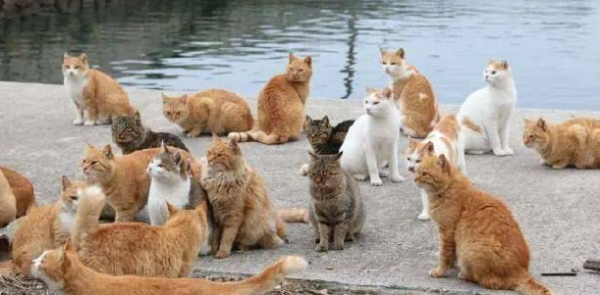Which one has better eyesight, cats or dogs? This article reveals the secret for you!
Pet dogs and pet cats are common pets in our daily lives. When they have nothing to do, everyone prefers to take them out to play as companions. Moreover, they can see farther than us humans, so many people have questions, what is the difference between the eyesight of cats and dogs, and who has better eyesight, cats or dogs? Let’s take a look below!

Does the cat have good eyesight?
Cats’ hearing is quite sensitive, and they can react in time to capture prey even if they only emit some subtle sounds.
Don’t forget that cats’ eyes may look very big, but their eyesight may be worse than that of humans. But with such poor eyesight, how can it still capture prey? In fact, what is being said here is that cats have poor static vision. They can generally only see objects 10-20 meters away, and can only see a blurry shape above 20 meters. In contrast, their dynamic vision is very good. Even if the distance is more than 50 meters and the light is dim, they can still distinguish prey or enemies through their movements. Although cats have poor eyesight, their sense of smell makes up for their lack of vision.
Scientific research shows that their ability to distinguish colors is not very good either. It can even be said that cats are color blind. Under normal circumstances, they can only distinguish blue and green, but the width of their field of vision can indeed reach more than 200 degrees. Their necks can rotate freely, and they can attack or defend in time.
Who has better night vision, cats or dogs?
Speaking of dogs, their night vision is as much as five times that of humans, but when it comes to night vision, cats’ night vision is slightly better, six times that of humans. But dogs have one advantage over cats. They can ensure good vision whether in dark or bright places.

Dogs can see in very weak light because their pupils are larger to collect light. Moreover, there are many photoreceptor cells in the dog's retina, which can respond to low light; in addition, the dog's lens is very close to the retina, which can reflect light twice, allowing the retina to capture more eye light and improve vision.
In short, dogs and cats have very good dynamic vision, mainly because they have more rod cells than cone cells, so their color vision is poor. But rod cells have very good night vision, so they can see a lot clearly in the dark.














